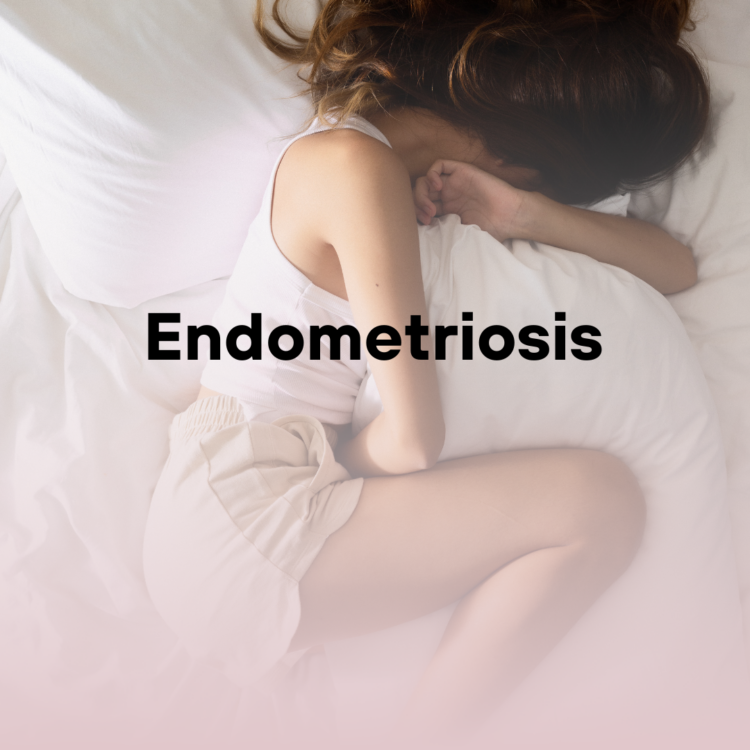1 in 10 women in the UK may suffer from endometriosis, yet over 50% of those women may not know they have it…
It typically takes 7-10 years to get a diagnosis… and there is currently no cure.
What is endometriosis?
Endometriosis occurs when cells, similar to those found in the lining of the womb, occur in other areas of the body.
It is not yet known why this happens, but hormones and environmental toxins are thought to play a part.
There is also some scientific evidence to suggest that endometriosis could be associated with autoimmunity.
Endometriosis cells are commonly found in the pelvic cavity, around the bowel, intestines bladder and ovaries. More rarely, they have also been found in the lungs.
These cells follow the reproductive cycle and bleed during menstruation. As there is no outlet for the blood to be released, this causes pain, inflammation and scarring.
Symptoms of endometriosis range from mild to severe. These can include; heavy and painful periods, fatigue, vomiting, painful sex, bladder and bowel problems especially during your period, and difficulty conceiving.
Diagnosis
Currently, the gold standard to diagnose endometriosis is through laparoscopic surgery. However, MRIs, CT scans, transvaginal sonography (TVS) and laboratory testing can sometimes be helpful, but more difficult to interpret.
Conventional Treatment
Conventional treatment is often over-the-counter or prescription pain relief. The contraceptive pill, the Mirena coil or other hormone treatments are also sometimes prescribed.
Surgery to remove as many of the endometrial lesions as possible could be recommended and in severe cases, a hysterectomy.
Endometriosis and Perimenopause/Menopause
Endometriosis is an oestrogen dependant condition. This can mean that HRT could increase symptoms.
Approximately 2-5% of women are believed to suffer from endometriosis symptoms postmenopause, either as a continuation of an existing diagnosis or occasionally appearing for the first time.
It can also be a side effect of HRT, linked to levels of the oestrogen (estrone) made in fat tissue or skin tissue, or from external sources such as dietary phytoestrogens from soy or exposure to environmental xenoestrogens such as those found in plastics and some personal hygiene products.
Nutrition and Endometriosis
Diet and lifestyle changes along with targeted supplementation could help to support the management of symptoms.
Supporting the effective clearance of oestrogens, and reducing inflammation, immunity and gut health, can also all play a part.




